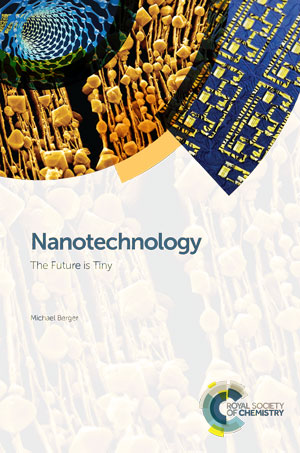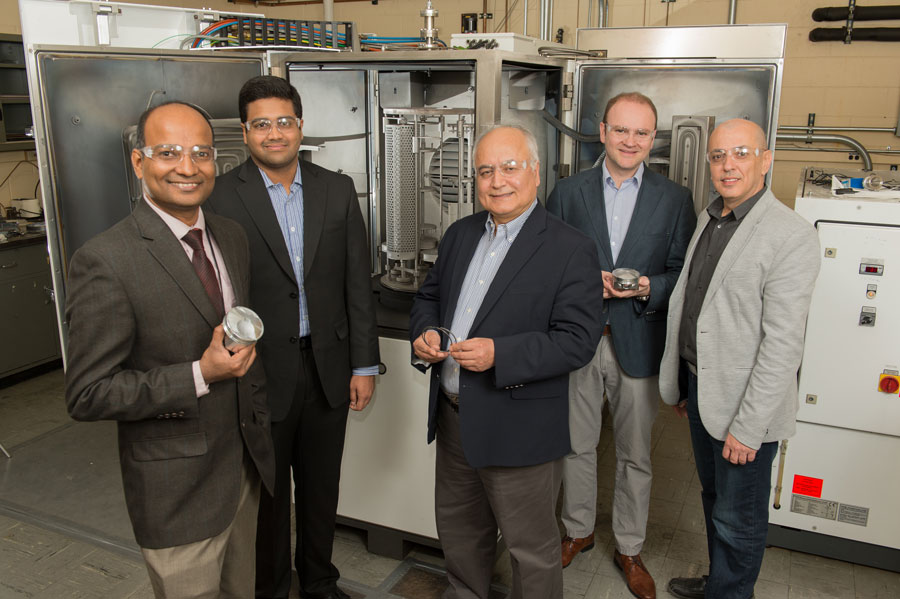An Aug 3, 2016 Lawrence Berkeley National Laboratory news release (also on Azonano as an Aug. 5, 2016 news item) features a selection of their nanoscience projects (Note: Links, embedded images, and embedded videos have been removed),
1. A DIY paint-on coating for energy efficient windows
This “cool” DIY retrofit tech could improve the energy efficiency of windows and save money. Researchers are developing a polymer-based heat-reflective coating that makes use of the unusual molecular architecture of a polymer.
It has the potential to be painted on windows at one-tenth the cost of current retrofit approaches. Window films on the market today reflect infrared solar energy back to the sky while allowing visible light to pass through, but a professional contractor is needed to install them. A low-cost option could significantly expand adoption and result in potential annual energy savings equivalent to taking 5 million cars off the road.
2. Nanowires that move data at light speed
Researchers have found a new way to produce nanoscale wires that can serve as tiny, tunable lasers. The excellent performance of these tiny lasers is promising for the field of optoelectronics, which is focused on combining electronics and light to transmit data, among other applications. Miniaturizing lasers to the nanoscale could further revolutionize computing, bringing light-speed data transmission to desktop, and ultimately, handheld computing devices.
3. Nano sponges that fight climate change
Scientists are developing nano sponges that could capture carbon from power plants before it enters the atmosphere. Initial tests show the hybrid membrane, composed of nano-sized cages (called metal-organic frameworks) and a polymer, is eight times more carbon dioxide permeable than membranes composed only of the polymer.
Boosting carbon dioxide permeability is a big goal in efforts to develop carbon capture materials that are energy efficient and cost competitive. Watch this video for more on this technology.
4. Custom-made chemical factories
Scientists have recently reengineered a building block of a nanocompartment that occurs naturally in bacteria, greatly expanding the potential of nanocompartments to serve as custom-made chemical factories. Researchers hope to tailor this new use to produce high-value chemical products, such as medicines, on demand
The sturdy nanocompartments are formed by hundreds of copies of just three different types of proteins. Their natural counterparts, known as bacterial microcompartments, encase a wide variety of enzymes that carry out highly specialized chemistry in bacteria.
5. Nanotubes that assemble themselves
Researchers have discovered a family of nature-inspired polymers that, when placed in water, spontaneously assemble into hollow crystalline nanotubes. What’s more, the nanotubes can be tuned to all have the same diameter of between five and ten nanometers.
Controlling the diameter of nanotubes, and the chemical groups exposed in their interior, enables scientists to control what goes through. Nanotubes have the potential to be incredibly useful, from delivering cancer-fighting drugs inside cells to desalinating seawater.
It’s nice to see projects grouped together like that as it gives you a bigger picture of what’s taking place at the lab than you’re likely to get reading news releases about individual projects and breakthroughs.
Berkeley Lab has also got an introductory video which does one of the best jobs I’ve seen of conveying the concept of the nanoscale,
H/t to Aug. 10, 2016 news item on Nanowerk for the Berkeley Lab’s ‘nano penny’ video.

